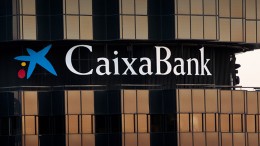Respite For Spanish Banks: The European Court Of Justice Does Not Annul The IRPH Mortgage Index
The Mortgage Loan Reference Index (IRPH) represents approximately 10% of the loans granted in Spain and is the most used for Spanish mortgages after the Euribor, used in 90% of contracts. The Court of Justice of the European Union (CJEU) has left it to Spanish judges to analyze, on a case-by-case basis, whether the banks commercialized their mortgages referenced to IRPH in a transparent manner. They will be able to cancel them if it is found they have been abusive.










